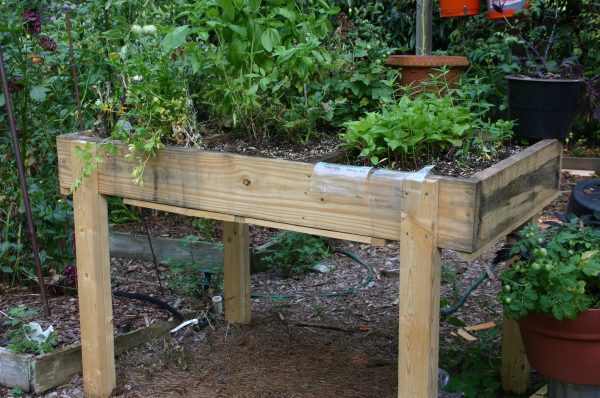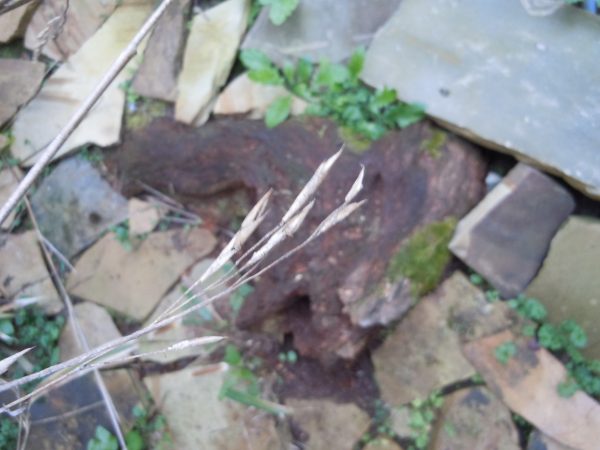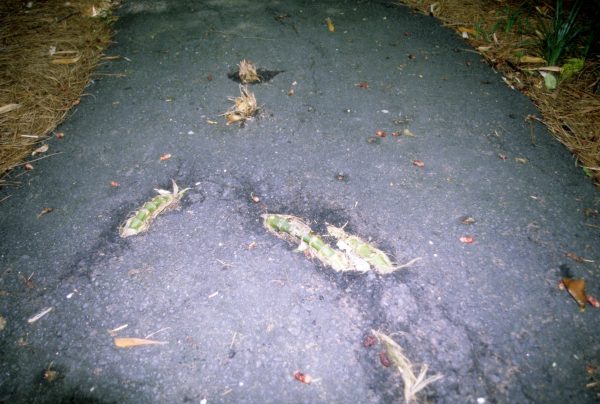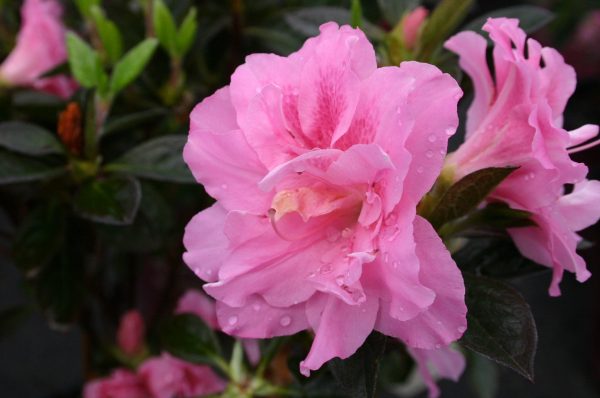Oregano, Greek

Origanum heracleoticum (True Greek Oregano)
taken from The Georgia Fruit and Vegetable Book by Walter Reeves and Felder Rushing
Oregano is an easily grown semi-hardy perennial that will reach 18 inches in height. Cooks flavor Mexican and Mediterranean dishes with the leaves. The most familiar use may be in pizza.
• See also Home Garden Oregano
(broken link)
WHEN TO PLANT
Set out plants in early spring; they can stand a freeze. Divide them in spring or fall.
WHERE TO PLANT
Oregano needs a fullsun location (8 to 10 hours is fine) with reasonably good garden soil; it should drain well and should not be puddled or compacted. This is one instance where too much of a good thing can be a drawback because toofertile soil results in rank growth and reduced flavor. Oregano can be grown in a pot or other container with an artificial potting soil.
HOW TO PLANT
Buy plants of the varieties you need from a garden center or nursery that grows the real thing. The best varieties, even though they are rarely named, are vegetatively propagated, which maintains the richness and flavor that you want in these herbs. Seedlings may be flavorless. The common oregano, Oregano vulgare, sold in many garden centers and virtually all oregano seed, will grow into invasive plants with little, if any, flavor. When you find a selection that has good, intense flavor, propagate it yourself by dividing it to make sure you are growing plants that you can actually use in cooking. Prepare the soil. Set plants in the garden 18 inches apart in 18 inch rows. For many households, 1 plant is probably enough.
CARE AND MAINTENANCE
You will not have to spend a lot of time caring for Oregano in the garden. It needs little waterabout 1 inch per weekand is vigorous enough to squeeze out most weeds. In the colder areas of the South, winter survival may be aided by applying 6 to 8 inches of straw mulch. Remove it in the spring before plants begin to grow.
ADDITIONAL INFORMATION
Harvest Oregano as soon as the first blossoms appear, usually in May. Cut the tops back several inches and keep them cut to stimulate more production. Only the newer leaves are tender and flavorful. If the plant goes to seed, the growth of new leaves stops. Use the leaves fresh, or dry the plants quickly over a window screen, strip the leaves from the stems and store the leaves in airtight containers.













